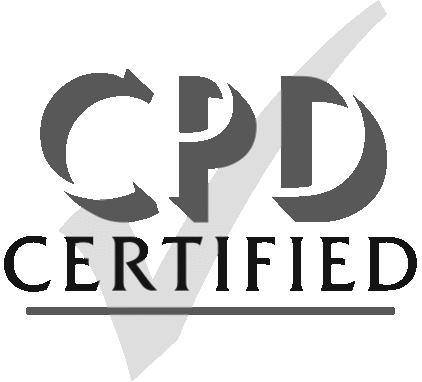G Seghal Kiran
Pondicherry University, India
Title: Lipopeptide biosurfactants from marine bacteria: Towards next-generation anti-infective molecules against biofilm forming pathogenic bacteria
Biography
Biography: G Seghal Kiran
Abstract
Biofilm is a sessile microbial community of stable and prolonged infection process gained by the formation of a matrix composed of Extracellular Polymeric Substances (EPS). More than 65% of the bacterial and candida infections are caused by biofilms. Bacterial/candida occurring in biofilms are 10 to 1,000-fold more resistant to antibiotics, lead to serious clinical problems and particularly escapes from host immune system. Spectrum of antibiotic resistance reached pandrug-resistance with no drug of choice for treatment infections caused by pandrug-resistant pathogens. Therefore, now anti-virulence methods are obviously considered as alternate treatment methods to contain pandrug-pathogens. Based on the above reasons, novel antibiofilm compounds are required for the prevention/control of pathogenic microbial biofilms which forms on the surfaces, medical implants and in the hosts. Marine ecosystems are potential repertoires of bioactive compounds. Some of these natural products are reported to be effective in controlling detrimental biofilms. Marine epibiotic bacteria live in a highly competitive environment where they encounter a limitation for space. Especially, marine sponges produce specific deterrents to ward off biofilm-forming microorganisms. To colonize a surface and to ward-off competition, they often produce bioactive compounds and thus play an important role in marine ecology. Although bioactive compounds from marine microorganisms have been exploited for decades and their applications in treating detrimental biofilms is an area that is relatively less-explored. In this study, we screened sponge-associated bacteria and sponge metagenomic library for diverse biological functionalities. During screening, we observed one unique potential of sponge associated actinobacteria, i.e., potential biosurfactants and bioemulsifiers. After surveying the literature, we found the marine actinobacteria in general has not been explored to produce biosurfactants. The lipopeptide biosurfactant (bioemulsifier) would be an ideal lead compound for the development of novel antibiofilm drug. The biosurfactants developed from the marine actinobacteria found to have antimicrobial activity, biofilm disruption potential and quorum-quenching activity.

